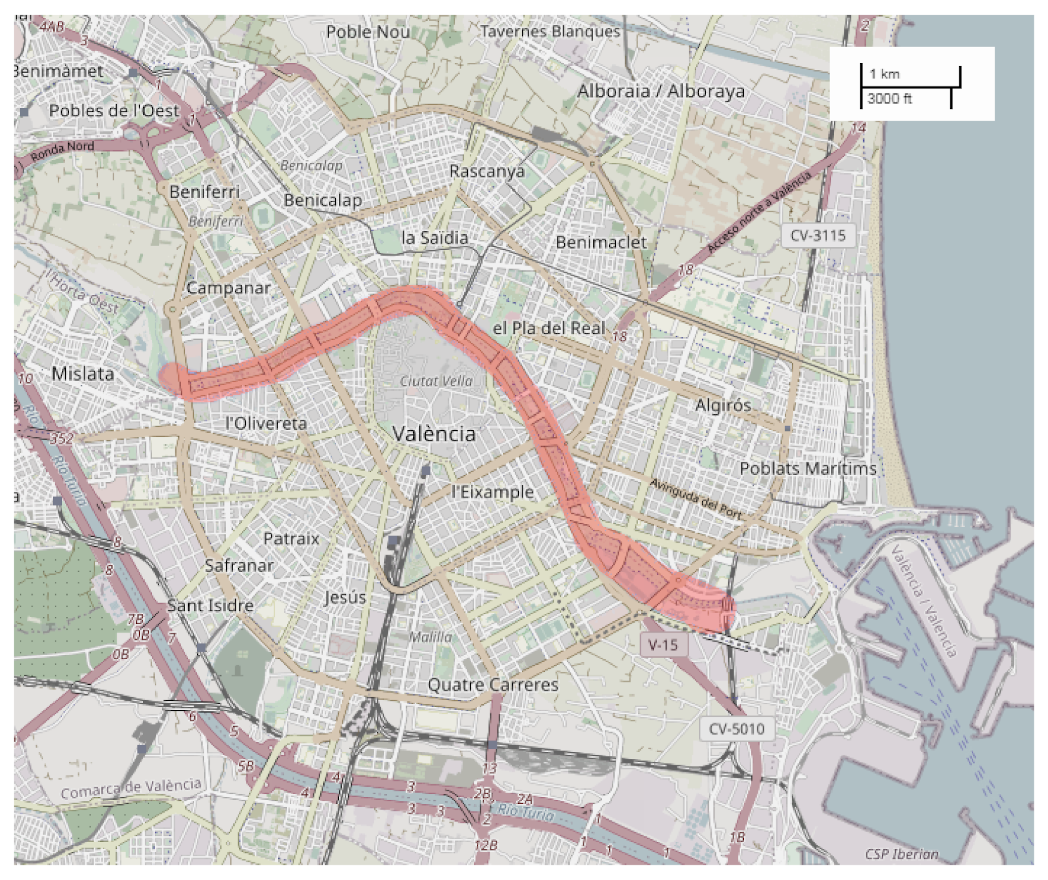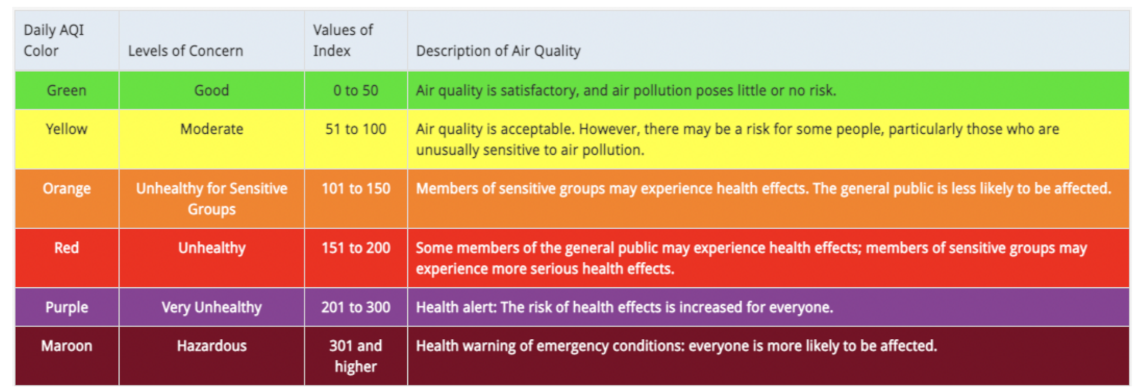A paper has been published online investigating how air quality in cities can be improved by implementing different strategies for smart traffic management. The research has been undertaken by scientists from the Universitat Politècnica de València in Valencia, Spain, and has been published in the journal Sustainability.

Study: Improving Air Quality in Urban Recreational Areas through Smart Traffic Management. Image Credit: metamorworks/Shutterstock.com
Urban Pollution
Traffic pollution in urban areas is a leading cause of respiratory issues in city-dwelling populations. In 2015, studies linked particulate pollution and ozone from vehicle exhaust emissions to ~385,000 premature deaths. The significant scale of this issue has warranted intense research focus and the implementation of international agreements and national policies on reducing vehicle emissions.
One of the main causes of traffic pollution in cities worldwide is congestion. Idling vehicles increase the local concentration of harmful emissions, and the concentration of potentially hundreds of vehicles increases that concentration further.
The European Union aims to reduce the health impact of air pollution by at least 55% by 2030. Similar to its aims to scale back fossil fuels and limit greenhouse gas emissions, the EU has stated that it will aim to limit particulate emissions from all combustion engine types, as well as from the brake pads of both ICE and low-emission electric vehicles alike. Moreover, it plans to convert more urban spaces to green spaces to enhance the health and mental well-being of residents.
Recognizing the significant damage to health, along with the stress caused by being caught in traffic jams, many cities across the world have implemented traffic management strategies to cut down on congestion. For example, Valencia, which is ranked fourth in Spain for traffic congestion, has introduced its Plan de Movilidad Urbana Sostenible (Sustainable Urban Mobility Plan), which considers private vehicles, pedestrians, public transport, and cyclists.

Old riverbed of Valencia (highlighted in red). Image Credit: Padrón, J.D et al., Sustainability
Valencia’s Plan de Movilidad Urbana Sostenible
Valencia’s plan proposes several strategies for all types of urban road users. This aims to create a comprehensive sustainable solution for significantly mitigating the impact of vehicular emissions on human health and quality of life.
For pedestrians, walking is encouraged, and the plan concentrates on the provision of pedestrian spaces via recovery and enlargement. Adequate infrastructure and cycle lanes are provided for cyclists. Public transport networks and services are adapted to the mobility needs of residents.
In terms of private vehicles, several strategies are implemented in the city’s plan. Road hierarchies favor public transport through the introduction of bus and taxi lanes; in different neighborhoods, the speed limit is reduced to 30 km/h, it reorganizes space traditionally dedicated to parking, and non-residents are forbidden access to certain areas of the city. Moreover, the plan uses real-time mobility management to realize and enhance the “Smart City” concept.

AQI level table. Image Credit: Padrón, J.D et al., Sustainability
The Study
The study from researchers at the Universitat Politècnica de València has considered more restrictive measures on traffic flow and vehicle emissions to protect the health of Valencia’s population. The study has mainly focused on the area around the main recreational and green spaces used by residents of all ages. Most of the green spaces in the city are concentrated around the old riverbed, which has been converted into the largest open recreational space in the city. The space extends to the seaside.
In their research, the authors have considered two strategies, one less restrictive than the other. The more restrictive measure evaluated in the study restricts all traffic flow in streets around the green spaces, whilst the less restrictive measure only allows traffic flow at selected locations such as at bridges that cross the old river. The less restrictive measure is intended as a trade-off between the need to control emissions and avoid congestion.
The study’s main goal is to investigate different strategies to find the optimal balance between minimizing environmental impact and maintaining similar travel times for motorists. Avoiding unnecessary congestion and air pollution in other parts of the city is a key concern for the authors.
Based on extensive study, the authors demonstrated that the less restrictive measure provided an adequate balance of reducing air pollution from vehicle emissions and avoiding unnecessary travel time increases for drivers. Experiments carried out in the research demonstrated that air pollution from traffic in the target area could be reduced by 17%, with a mild increase in other areas of Valencia.

Difference in pollutants throughout the city with respect to the default case for α = 2.7 (partial traffic isolation). (a) PMx. (b) CO. (c) NOx. Image Credit: Padrón, J.D et al., Sustainability
The authors have presented and reviewed related research in the area, analyzing several proposed solutions. They have based their proposed solution off of previous works and have stated that it can adapt to all traffic constraints. The study uses a proprietary route server, ABATIS (Automatic Balancing of Traffic Through the Integration of Smart Phones) which, when used with vehicles, can centrally manage all traffic flow in the city efficiently. The team ran various simulations.
Finally, the authors have stated that future work will involve improving their algorithm. Additionally, they will continue to study the impact of traffic restrictions in different situations, in order to tackle pollution and for other reasons such as major events and holidays. Their aim is to create a holistic solution that improves the health of citizens and reduces the impact of vehicle exhaust emissions.
Further Reading
Padrón, J.D et al. (2022) Improving Air Quality in Urban Recreational Areas through Smart Traffic Management [online] Sustainability 14(6) 3445 | mdpi.com. Available at: https://www.mdpi.com/2071-1050/14/6/3445
Disclaimer: The views expressed here are those of the author expressed in their private capacity and do not necessarily represent the views of AZoM.com Limited T/A AZoNetwork the owner and operator of this website. This disclaimer forms part of the Terms and conditions of use of this website.